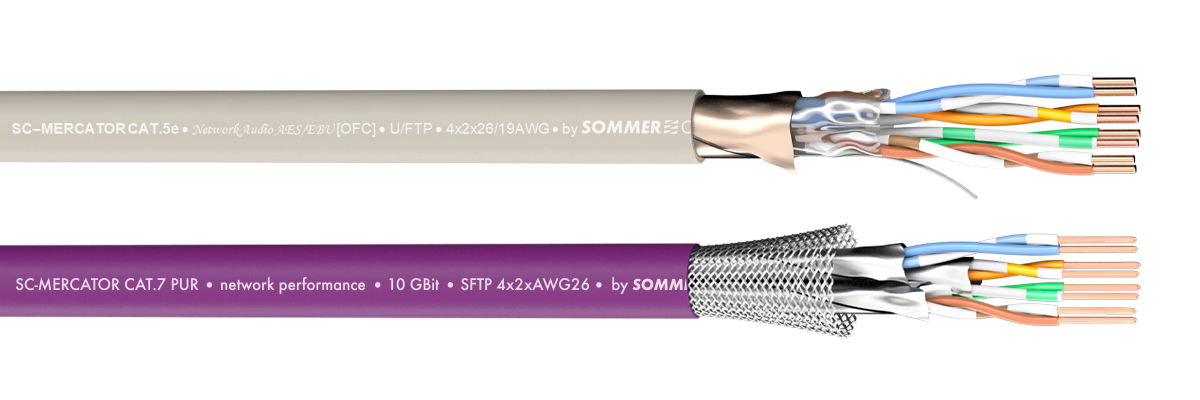The simple CAT.5 standard was designed for 100 Mbps LANs and was established around 1990. This standard – as is common in the fast-changing world of computer technology – soon reached its limits and was replaced by the CAT.5e standard, which supports the operation of full-duplex fast Ethernet and Gigabit Ethernet. CAT.5 is a 100-MHz standard, just like big brother CAT.5e.
In June of 2002, the CAT.6 standard was ratified by TIA/EIA, with a significantly higher performance than the CAT.5e standard and a transmission capacity of 250 MHz. Of course, all CAT.6 components are downward compatible to CAT.5e components. CAT.7 cable is designed for data transmission up to 600 MHz and CAT.7a up to 1000 MHz. It is favored for use in buildings, because the wire pairs are individually shielded, with very low cross-talk.

